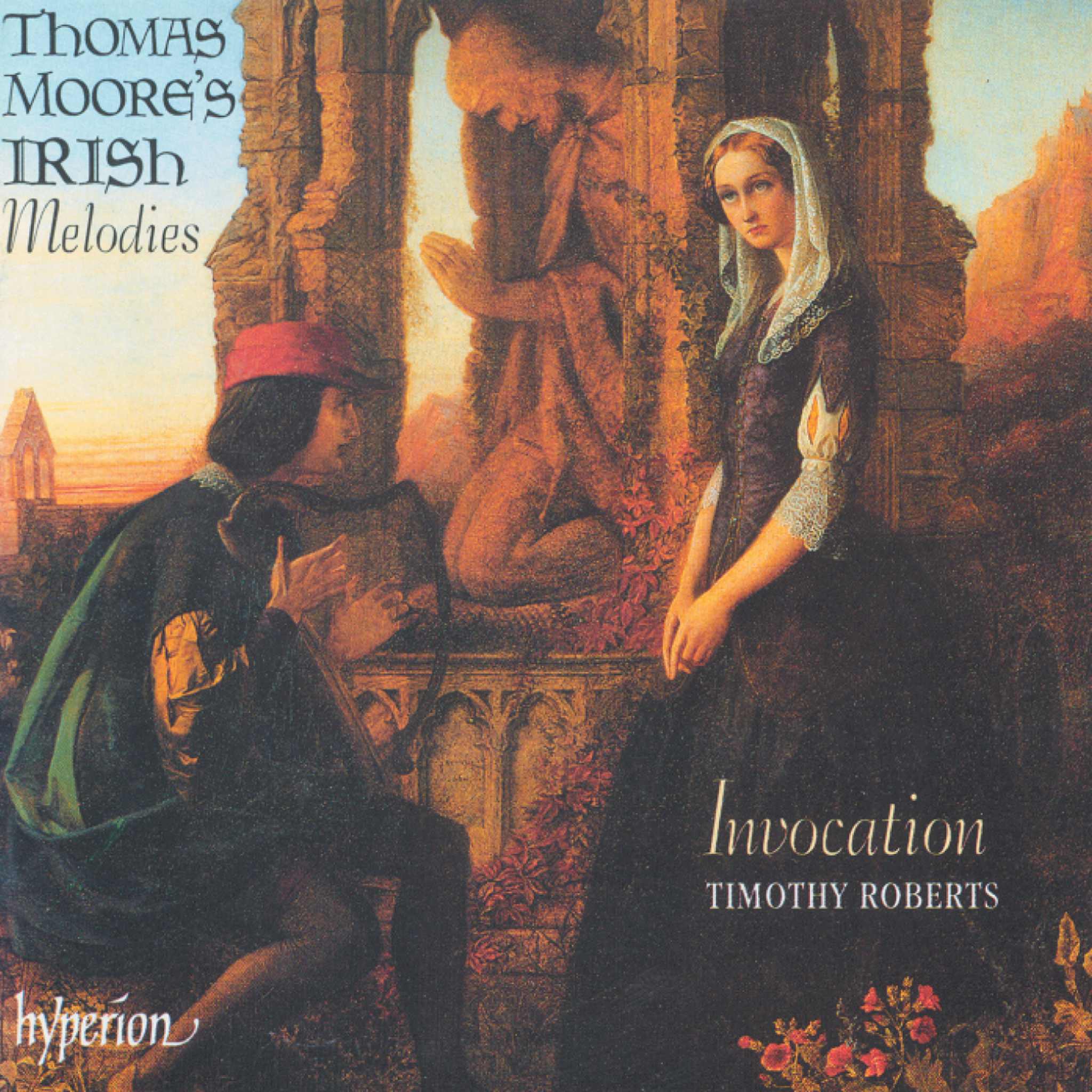Album insights
Im Jahr 1826 erschienen erstmals Schuberts Klaviersonaten im Druck. Die Wiener Verleger Anton Pennauer sowie Artaria & Co. brachten sowohl die große a-Moll-Sonate D 845 als auch die D-Dur-Sonate D 850 heraus. Angespornt durch diesen Erfolg wandte sich Schubert etwa vier Monate später an die Leipziger Verlage Heinrich Albert Probst und Breitkopf & Härtel. Er bot ihnen neben seinem Oktett D 803 verschiedene Werke an, darunter Lieder, Streichquartette und vierhändige Klaviermusik. Die Rückmeldungen der Verlage waren jedoch enttäuschend. Schuberts Stil wurde vom deutschen Publikum als schwierig empfunden, weshalb die Verleger ihm rieten, Kompositionen einzusenden, die leichter zugänglich und verständlich seien. Breitkopf & Härtel wünschten sich zudem Klavierstücke zu zwei oder vier Händen, da sie an der wirtschaftlichen Erfolgsaussicht seiner Musik zweifelten.
Im darauffolgenden Jahr verlagerte Schubert seinen Fokus auf kommerziellere Klavierstücke, da er nur schwer Interessenten für seine umfangreichen Instrumentalwerke fand. Während er Anfang 1827 an der Vertonung der ersten zwölf Lieder der Winterreise arbeitete, entstanden zwischen den beiden Teilen des Zyklus auch vier Moments musicaux sowie der erste Kreis der Impromptus. Bis zum Ende desselben Jahres vollendete er zudem die zweite Folge der Impromptus.
Die Bezeichnung „Impromptu“ stammt ursprünglich nicht von Schubert selbst. Tobias Haslinger, ein Verleger aus Wien, veröffentlichte die ersten beiden Stücke des ersten Zyklus D 899 unter diesem Namen – möglicherweise inspiriert durch die Impromptus des böhmischen Komponisten Jan Václav Voříšek. Im Februar 1828 bot Schubert dann dem Mainzer Verlag Schott & Co. den zweiten Impromptu-Zyklus D 935 als „Vier Impromptu’s fürs Pianoforte allein“ an. Die Veröffentlichung erfolgte jedoch erst mehr als zehn Jahre nach Schuberts Tod, da Schott die Stücke zunächst ablehnte.
Schumann vertrat später die Ansicht, dass der zweite Impromptu-Zyklus von Schubert eigentlich eine verkappte Sonate sei. Obwohl das erste und das letzte Stück beide in f-Moll stehen, halten sie sich nicht an die klassische Sonatenform. Das Eröffnungsstück ist ausgedehnt und reich an inspirierten musikalischen Ideen, mit einem zerrissenen Hauptthema und kontrastierenden, leidenschaftlichen Passagen.
Schuberts Impromptus zeigen eine breite Palette von Ausdrucksformen und Stimmungen, die von heiteren bis zu düsteren Klangbildern reichen. Mit Werken wie den Impromptus und den Drei Klavierstücken bemühte sich Schubert intensiv, seinen unverwechselbaren Stil und die Fülle seines musikalischen Schaffens zu demonstrieren.




